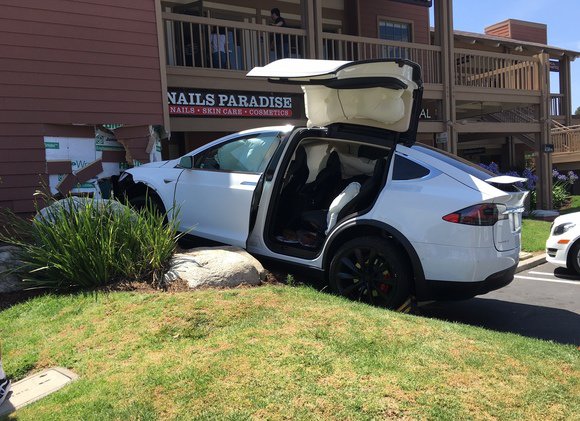The number of tourists visiting the EU has grown significantly over the past fifteen years. In 2000, 331 million international tourists visited the EU compared to 478 million in the year of 2015. Worldwide this trend continues: during the same period tourism grew from 674 million to 1.2 billion globally.
This increased tourism is one of the main contributors of the higher population density within most cities. The majority of the large cities within Europe have a hard time dealing with the increased infrastructural challenges. Most cities are therefore embracing a more sharing focused network within the city in order to create more space and solve congestion problems.
The increase in amount of sharing has its impact on tourism in both a positive and negative way. First of all, one can say that with the increase of online sharing platforms the barriers to participate in the sharing network of a country have decreased. It is for tourists nowadays a lot easier to participate in for example the shared bike system of a city. In other words, tourists can get easier access to convenient services within a city or country. In addition, density within the city will decrease as more goods will be shared. Tourists that would have normally booked a hotel room will now make use of an otherwise empty apartment through Airbnb. This previous example leads to an obvious downside of the sharing economy on tourism: tax avoidance. As the sharing platforms are usually not registered within the concerning city, it is difficult for cities to gather tourist taxes. Furthermore, an increase in sharing of products could potentially lead to a loss in jobs in the tourist sector. For example, a decrease in taxi drivers due to the increased usage of Uber within a city.
As sharing platforms are becoming more popular, each city should thoroughly think about policies regarding sharing platforms. If managed in a good way, sharing platforms can become a solution to many yet unsolved problems.
Sources:
–Europarlement, 2017 : http://www.europarl.europa.eu/RegData/etudes/BRIE/2017/595897/EPRS_BRI(2017)595897_EN.pdf
–The guardian 2016 : https://www.theguardian.com/cities/2016/jul/12/urban-sprawl-how-cities-grow-change-sustainability-urban-age


